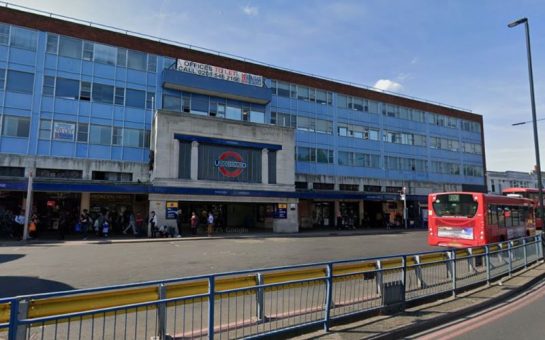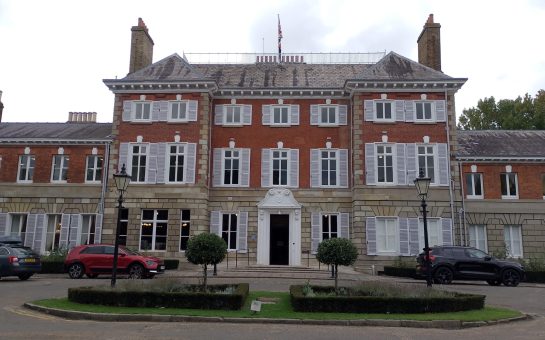Boroughs with more ethnically diverse populations have been connected to higher rates of COVID-19 deaths, research has revealed.
According to data published by the London Assembly’s Health Committee, some of the highest deaths are in boroughs with a higher percentage of BAME residents.
The London Assembly’s report into GP experiences and COVID-19 shows that in the six boroughs where COVID-19 death rates were statistically higher than the London average last year, three were also higher in terms of ethnic diversity.
Chair of the Health Committee, Dr Onkar Sahota AM, said: “The disproportionate impact of COVID-19 on the BAME community has been heartbreaking to witness, and we cannot allow it to continue.
“All the evidence shows that we’ve suffered a greater impact because we are, on average, more prone to diabetes, cardiovascular disease, renal disease and poor mental health.
“It’s also clear that for those who live in areas of high deprivation, there’s the additional challenge of trying to access treatment from under-funded and under-resourced health services.
“As part of his COVID-19 recovery plans, the Mayor needs to build in proposals to help restore faith in those vital frontline services, and particularly amongst BAME Londoners.”
Some of the worst cases have occurred in west London, with Brent and Ealing recording some of the highest mortality rates in the capital, compared to boroughs with a lower percentage of BAME residents.
Figures show that in December 2020 Brent had one of the highest death rates in the capital with 218.3 deaths per 100,000 of the population.
It also had one of the most ethnically diverse populations, with 63.7% BAME residents recorded as living in the borough.
This is in contrast to Richmond which recorded 90.3 deaths per 100,000 of the population in December last year, with Black, Asian and minority ethnic communities making up just 14% of its population.
The report also established a correlation between deaths from COVID-19 and GP satisfaction.
In the 11 boroughs where patients had recorded the lowest level of satisfaction with their local GP surgery, four were within the highest ten boroughs for COVID-19 mortality rates.
Commenting on the findings, Andrew Brown, chief executive of Croydon’s BME Forum, said: “In my opinion, people from a BAME background are more likely to contract or even die from coronavirus because of inequalities around their socio-economic conditions.
“The community is also being impacted from a mental health angle. We are seeing a high number of cases being referred to us for help and support.
“With this in mind, the Government should consider more targeted messaging to the BAME community around keeping safe and maintaining health and wellbeing.”
In October last year, the Government’s equalities office set out a number of measures to protect those it deems most at risk.
Among them is a new ‘Community Champions’ scheme, which is set to provide funding for community groups working with those most at risk from COVID-19.
Kemi Badenoch, minister for equalities, said: “Throughout the Covid-19 pandemic, we have prioritised protecting the most vulnerable in our society.
“Access to the latest public health information and protections should be available to everyone.
“To ensure that is the case we have invested in a strong package of measures to target messaging, develop the data we have available and make sure everyone is as safe as possible at home or in the workplace.”




